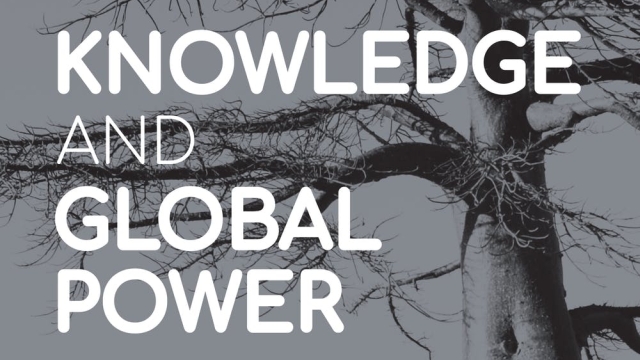
Practical distinctions in managing information and knowledge
David Williams’ AKI model is a very helpful way to understand the distinction between information and knowledge, which we might summarize as:
Information describes,
knowledge decides,
action tries.
The next logical question is: how can we distinguish “knowledge quality” from “information quality”? The Wang and Strong measures of information quality are:
- intrinsic quality – accurate, objective, believable, reputable
- contextual quality – relevant, valuable, complete, extensive
- representational quality – interpretable, coherent, compatible, standardised
- channel quality – accessible, available, readable, secure
These are all useful and correct descriptors and yet, a publication could score highly on every single of these information measures and still be poor knowledge. By contrast, these are the most important dimensions of knowledge quality:
- generalisability – will it work in every situation?
- persistency – is it effective in the long-term as well as short-term?
- repeatability – will it work if the same thing is done again?
- feasibility – do pre-requisites and post-requisites exist?
- actionability – am I able to enact required steps?
- validity – does it work in my context?
These questions come up over and over again in areas where the application of knowledge is critical (eg agricultural extension).
Knowledge producers tend to focus on the top items in the knowledge quality list; consumers care more about the bottom end. So when you are talking about knowledge quality, you need to decide which of these you are going to measure and how you are going to weight the various factors. It’s nearly impossible to produce something which excels in all six.
To further complicate matters, knowledge systems are fractal and exchange knowledge as information. That is:
- personal knowledge may be made available as information to their team,
- team knowledge may be made available as information to their organisation,
- organisational knowledge may be made available as information to their stakeholders,
- and so on
This is a necessary distinction for clarity of purpose. Information becomes knowledge by virtue of its incorporation into the decision-making processes of the system.
To understand whether an individual, group or organisation treats something as information or knowledge, we must consider the answer to the question cui bono?, “whom does the knowledge benefit?” This allows us to set the principles of judging information and knowledge qualities in any given context.
An investment in information or knowledge is no different than any other systems optimisation. You should be able to answer which of these dimensions your initiative is intended to improve (and needless to say, you need to know which system you are talking about as well):
- Fixed cost – the cost of turning the lights on before any work gets done
- Incremental cost – the cost of processing one more item
- Cycle time – how much time elapses processing one item from start to finish
- Throughput (capacity) – how much work the function churns out in a unit of time
- Quality – the absence of defects
- Excellence – whatever makes the output of the process a desirable thing, i.e. features, flexibility, robustness
There are necessarily trade-offs. It is a truism of organisational design that you have to suboptimise the parts to optimise the whole.
Ultimately, the long-term success of any information or knowledge provision is tied to how well you understand which system is being optimised (and whether your stakeholders would agree that this is the right choice).






